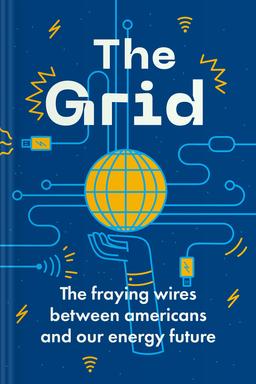You’ll learn
- Whether old grids can meet new needs
- What keeps the lights on
- Where does green energy fit in
- About the electrical crisis in America
russia has launched a full-scale war in Ukraine. Donate to support Ukraine and protect the world’s peace.

first KEY POINT
Developed countries are largely dependent on electricity. From hospitals to police stations to the information sector, power is an essential commodity in America. However, with increasing frequency on the grid, there is a threat of electricity crashing down.
The grid is an interconnected network that includes wires, batteries, ports, syncrophases, switches, utility poles, power plants, transformers, and generators, which all play their part in keeping the country’s energy world running.The grid is, however, worn out, which is causing America to have more frequent and longer power outages than other industrialized countries. This isn’t very good. Aside from the huge amount of money lost to these power outages, national security is at risk.There are a number of threats to the grid, from squirrels to storm damage, overgrown trees, and people who target it with guns. But besides the growing threats, the grid itself has its shortcomings — though it is big, it is local due to the fact that it goes way back. It was built with a great deal of complexity that can’t stand the test of resilience. The grid calls for a much needed seething change in the power machine that keeps America “alive.” This summary is just the right read to find solutions to the challenges of the American grid system.
second KEY POINT
When the first electric grid was developed in the 1870s, it came as a huge blessing to everyone. Electricity had a great impact on personal use and companies could do business longer and more effectively. The early grids would later be revolutionized into an infrastructure that could generate and distribute power to the whole nation. For decades, the grid has held down America’s electrical life. However, it is now aging.

Continue reading with Headway app
Continue readingfirst KEY POINT
second KEY POINT
third KEY POINT
fourth KEY POINT
fifth KEY POINT
sixth KEY POINT
seventh KEY POINT
eighth KEY POINT